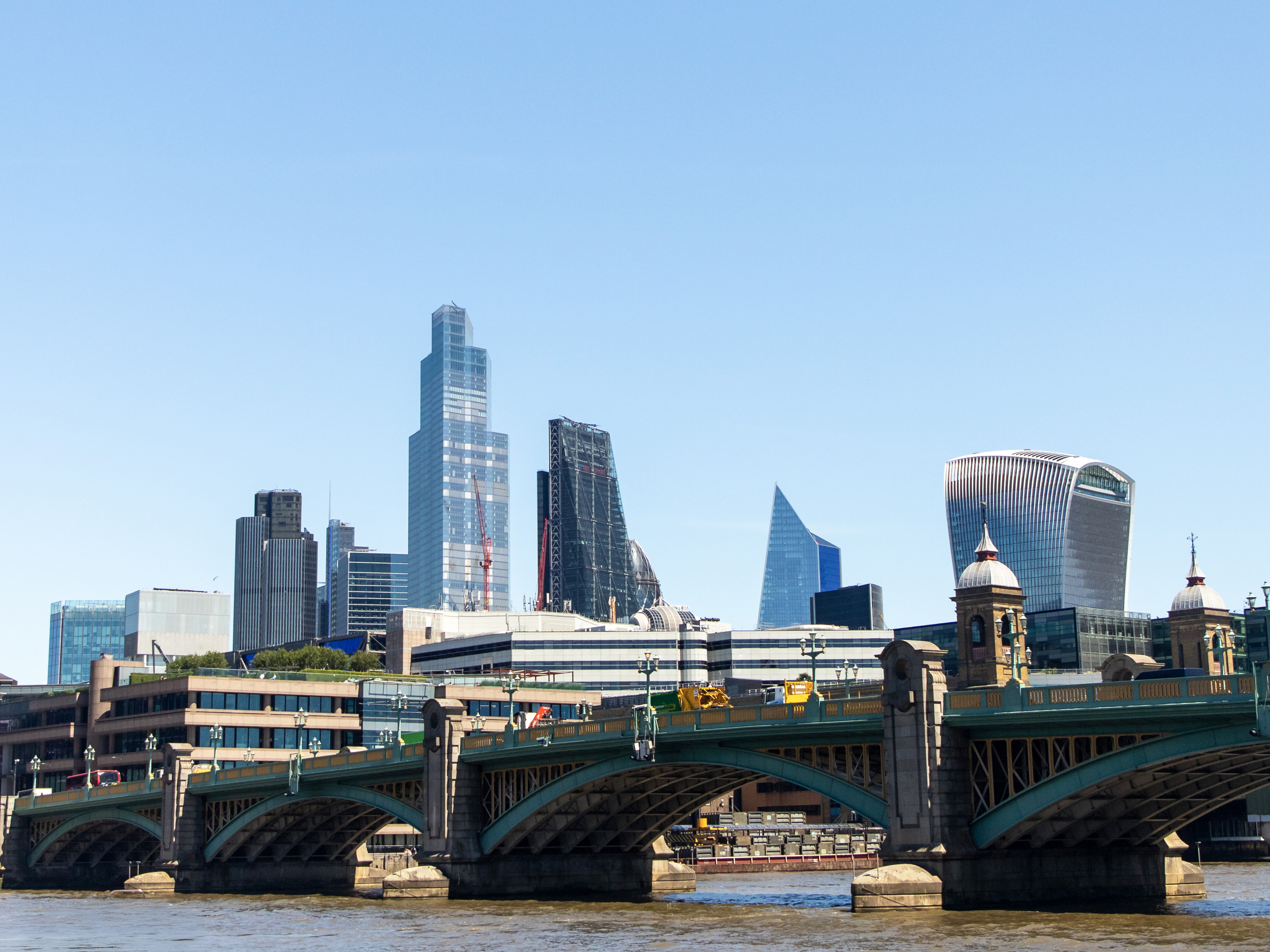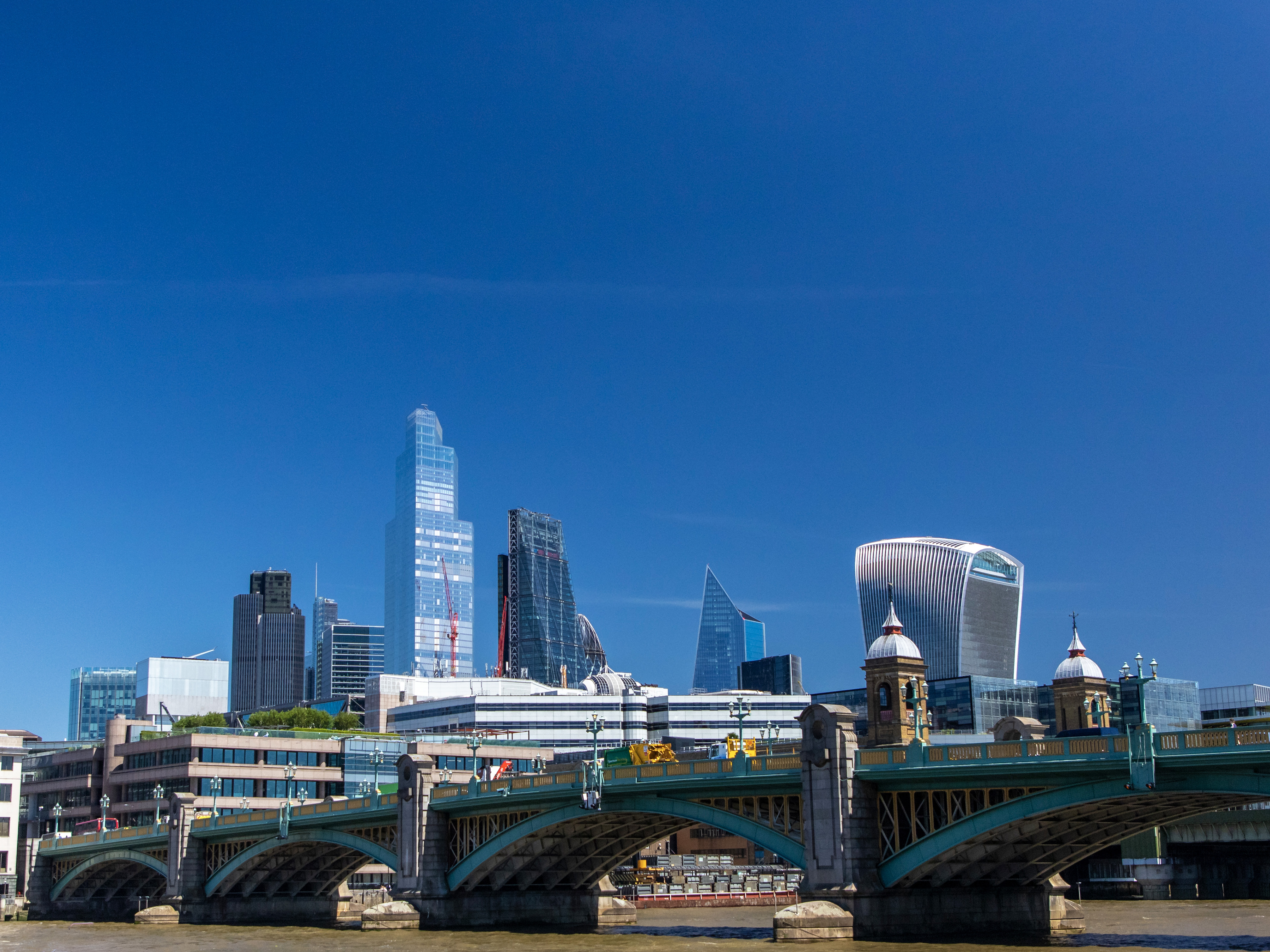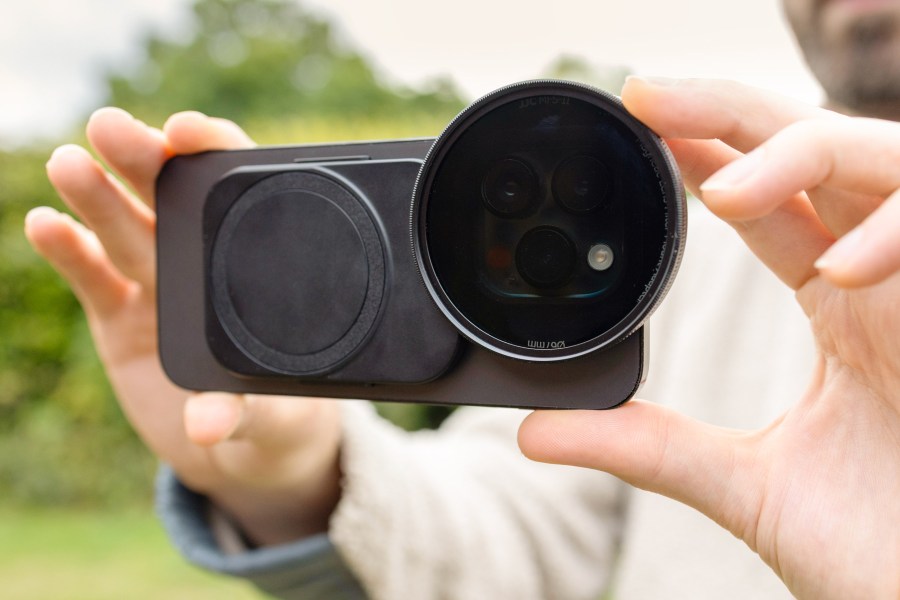Many of the best smartphones are brilliant in a whole bunch of ways and the latest cameras built into them are no slouch either – check out the impressive trio of 48MP cameras in the latest iPhone 17 Pro and Pro Max for example.
But while these pocketable computers are brilliant for so many reasons from phone calls to web browsing and taking photos to recording video, the small cameras used in them inevitably come with a compromise. In the case of nearly all smartphones there’s no space to stow away a built-in ND or polarising filter. It’s also very rare to find a smartphone with a camera that has built-in aperture blades, and this can make controlling the shutter speed and light a little tricky.
I always thought circular polarising filters, also called CPL filters for short, were exclusive to big professional DSLR and mirrorless cameras. So when I saw a CPL filter adapter from JJC that conveniently clips on to my iPhone’s Magsafe I was instantly sold – it also didn’t break the bank costing about $30/£30 on Amazon. Although circular in shape, this isn’t where circular polarising filters get their name from. Instead, it refers to the circular pattern etched into the glass itself.
The JJC kit comes with a 67mm screw-in circular polariser filter which is large enough to completely cover all three of the lenses on my iPhone 14 Pro, though it also works with other models that use Magsafe such as the iPhone 15 and 16, including the Plus and Pro Max versions too. This makes it versatile and should be futureproof and work with more recent models should I decide to upgrade.
The baseplate that clips onto the Magsafe connection also has ports for a cold shoe so accessories like an LED light or shotgun microphone could be connected, there’s also a standard tripod connection so you can mount your iPhone to lock it off if needed. Both of these connections can simply be removed with the provided screwdriver if you want to make the overall build more pocketable and slimline.


All I simply have to do is rotate the polarising filter once it’s in place and using my iPhone’s Camera app. Doing so will block out scattered ‘polarised’ light which has a number of benefits for still photos and recording videos, including reducing glare on reflective surfaces like glass, water and metal and also helps make blue skies look more punchy with boosted contrast.
My top tip here is to make sure you stick to the standard or zoomed in focal lengths of 1x or above as the polarising effect can be a bit patchy when the angle of view is too large, such as when shooting with the 0.5x ultra-wide angle camera.
Now when I’m out shooting I can easily tame the reflections of glass in busy city centres, and glare on bodies of water, and enhance blue skies on sunny days. And this has truly changed my iPhone photography, for the better.
The views expressed in this column are not necessarily those of Amateur Photographer magazine or Kelsey Media Limited. If you have an opinion you’d like to share on this topic, or any other photography related subject, email: [email protected]







